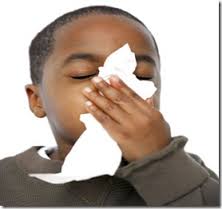Schools are meant to educate and train children, referring to the creches, playgroups, nursery, primary and secondary schools. To help through these early years of instruction, there are things schools should ban. By the time children get to Senior secondary and University the children are formed and are adults.
Schools and parents work as a cycle – the schools are relying on parents and the parents are relying on the schools to join forces to teach and instil the right values in the children. Schools have lots of experience with hundreds of children passing through their school walls. Sometimes schools are in a better position than parents to know what is good or bad for children in the long run. Parents are limited to what they know, as it is specific to their set of children.
So here is a list of the top 4 things Schools should ban on behalf of the children (and their parents).
1) No Extensions (or attachment) allowed
Children have very tender hairlines and extensions put a lot of strain on the hairline. One of the benefits parents talk about is that the children will have to do their hair less often, however, the children are not in a fashion contest so their hair doesn’t have to be “perfectly neat” all the time. There are several hairstyles that will last for a couple of weeks and not need to be taken out weekly. Long term damage to the hairline of children can lead to “traction alopecia“.
“Traction alopecia is brought on by physical actions placing tension on hair follicles. Traction alopecia is as a result of pulling your hair constantly. The pulling is commonly a result of hair styling process or routine. Additionally, hair extensions have also been known to cause traction alopecia in women (or children) who often wear extensions.

2. Not Allowed in School with a serious cold or a cough
3. No unhealthy lunches allowed
Children need to get a balanced diet and this includes their school meals and snacks which should be healthy. Teachers report that too many lunch boxes are filled with candy, biscuits and packaged juices every day. Parents can use the teachers to their advantage, teachers represent a different kind of authority that children respond to. So if they are encouraged in school to finish their carrots and apples they will most likely eat these at home with little fuss. It is unhealthy for children to consume these empty calories on a daily basis.
[Tweet “Teachers report that too many lunch boxes are filled with candy, biscuits and packaged juices everyday”]
4. No Perms allowed
While parents might know some of these, schools helping to enforce can help. What do you think?



